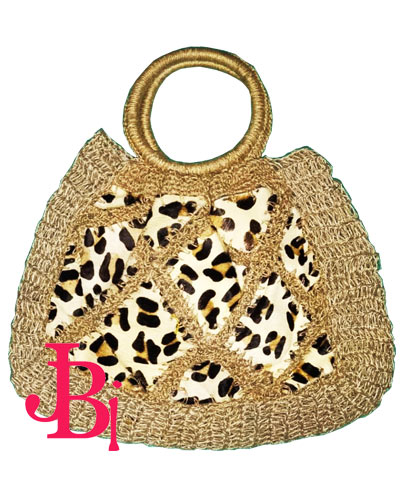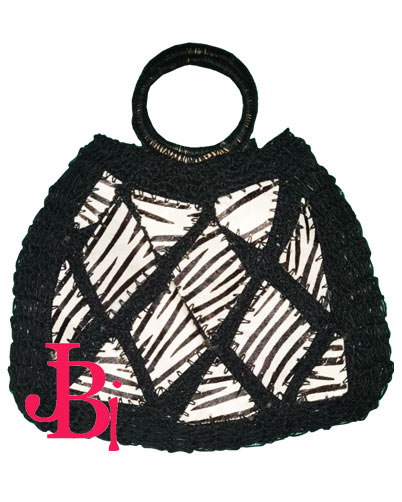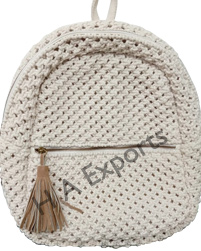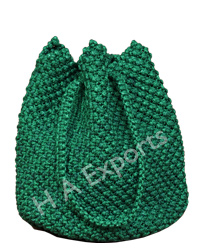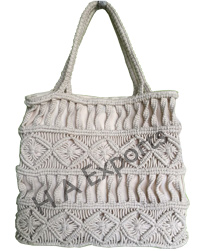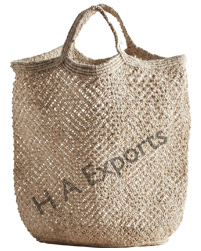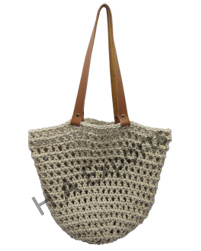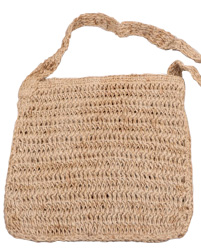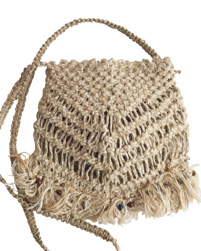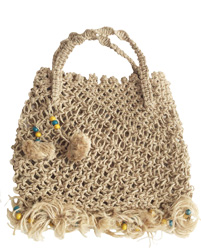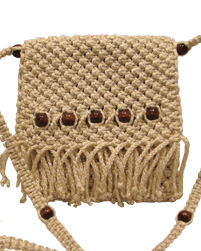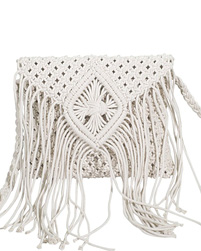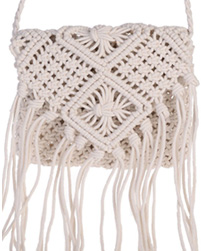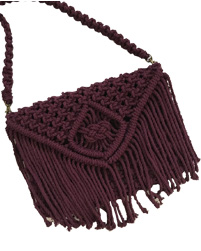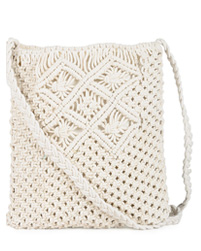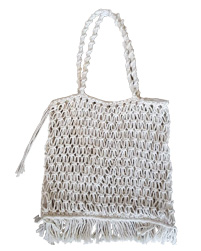

Macrame Bags, Macrame Handbags, Macrame Tote Bags, Macrame Hobo Bags, Macrame Shoulder Bags, Crochet Bags
We can define macramé is a type of textile created using knotting techniques, as opposed to weaving or knitting. The knots are square and form full-hitch and double half-hitches. The craft required only inexpensive and accessible materials like cotton twine, jute, hemp, leather or yarn, with various beads used to enhance the piece.
A versatile form of threads and ropes, macramé can be used to make everything from macrame bags, macrame purses, wall hangings, plant hangers to jewelry and even clothing items. Using simple materials like cotton twine, jute, hemp, or yarn, macramé can be as simple or complex as the crafter would like. Embellishments like glass or wooden beads, as well as dyed threads, can also open up a range of creative possibilities.
We are manufacturer & exporter of Eco friendly Jute Macrame Bags. Materials used in macramé include cords made of jute, PP, cotton twine, linen, hemp, jute, leather or yarn. Macrame Cords are identified by construction, such as a 3-ply cord, made of three lengths of fibre twisted together. We make Designer Macrame Bags, Macrame Pouch, Macrame Messanger Bags, Macrame Coin Purse, Macrame Hobo, Macrame Shoulder Bags, Macrame Curtain, Macrame Wall Hanging and my Macrame Design in Delhi India
The '70s took the ornate rope work mainstream, when macramé became a popular textile that turned into tassels, placemats, plant slings in the corner, picture frames, hammocks, wall hangings and even bikinis.
Macramé's roots are actually quite interesting, with a history dating back thousands of years. Some believe that the term comes from the 13th-century Arabic word migramah, which means "fringe." Others believe its origins lie in the Turkish word makrama, which refers to "napkin" or "towel," and was a way to secure pieces of weaving by using excess threads along the top or bottom of woven fabrics.
Either way, decorative macramé first appears in carvings by the Babylonians and Assyrians that depict fringed braiding used to adorn costumes. In the 13th century, Arab weavers used decorative knots to finish the excess thread on shawls, veils, and towels. It then spread to Europe via North Africa, when the Moors brought macramé to Spain.
While most think of macramé as a craze of the 1970s, the craft reached peak popularity in Victorian England. First introduced to England in the late 17th century, Queen Mary herself taught classes to her ladies-in-waiting. Most Victorian homes had some type of macramé decoration, as it was used not only to decorate clothing, but also as curtains, tablecloths, and bedspreads.
Given their skill at making knots, it should come as no surprise that sailors are largely responsible for spreading macramé around the world. It was a great way to pass the time and could then be bartered or sold when they docked, thus bringing it to areas like China and the New World. Hammocks, belts, and bell fringes were some of the popular items made by British and American sailors in the 19th century.

